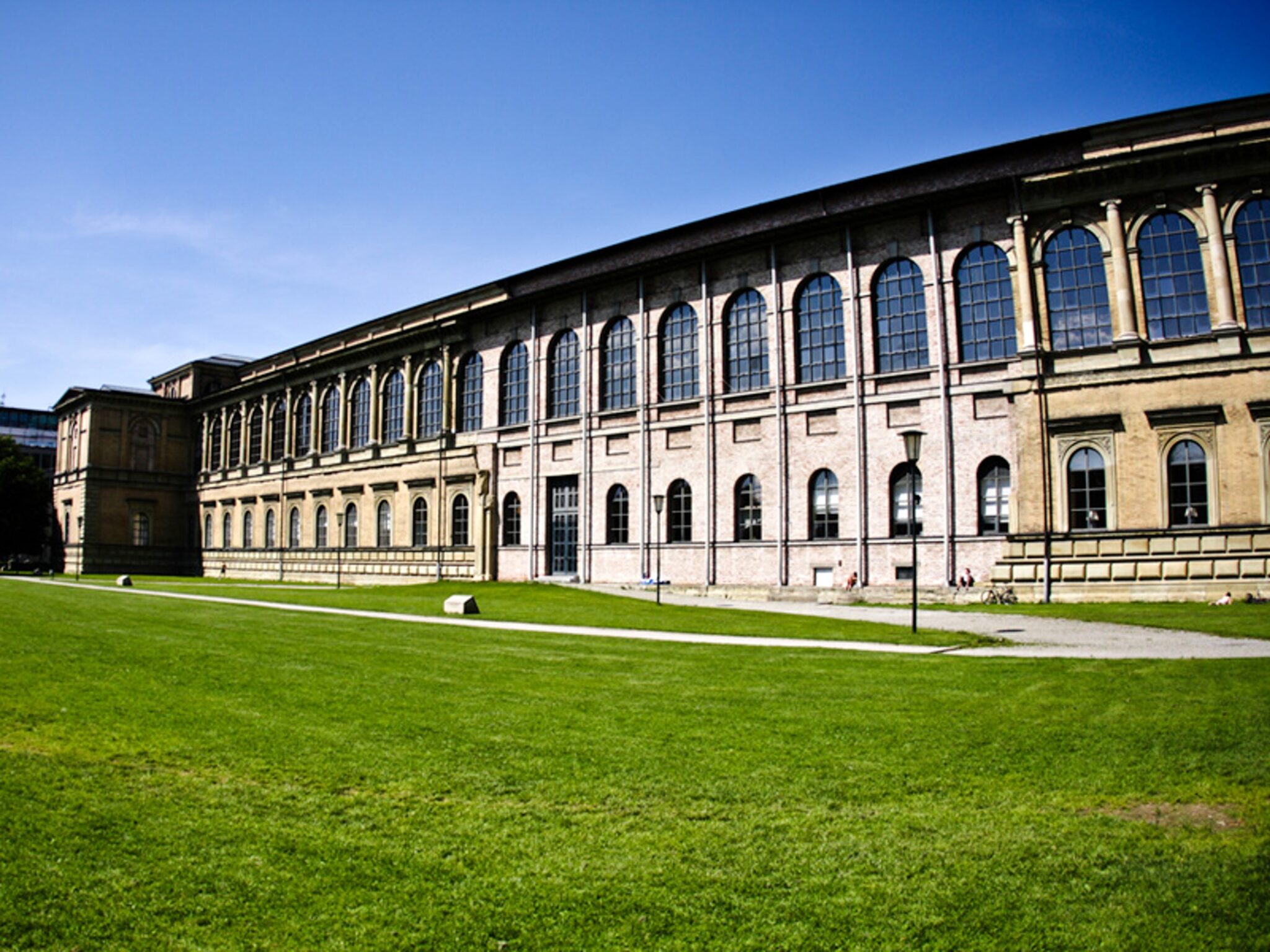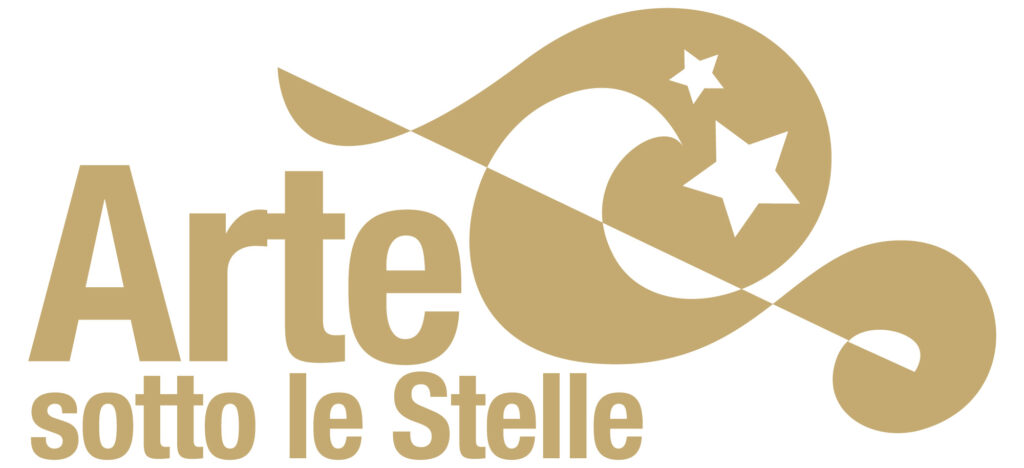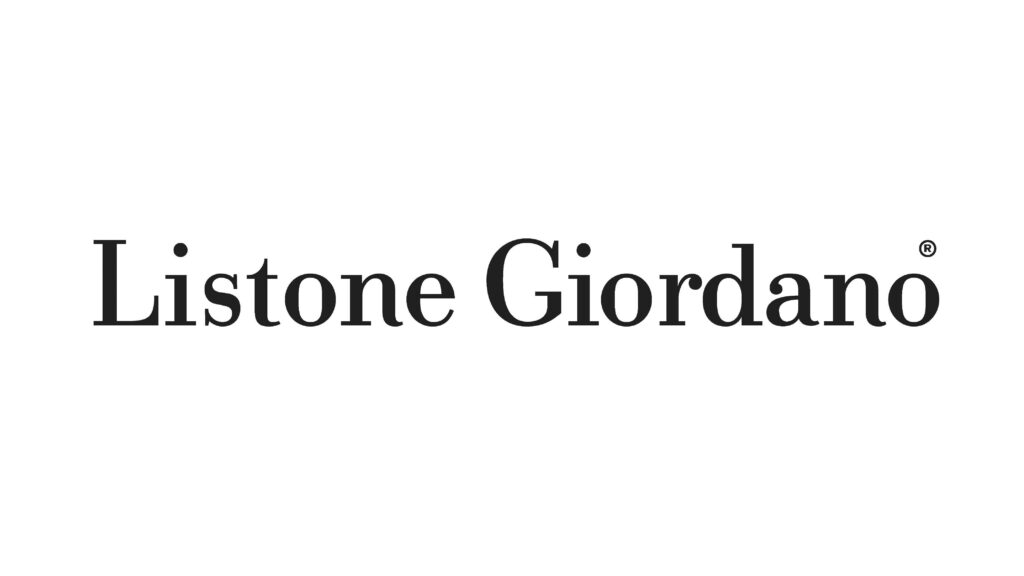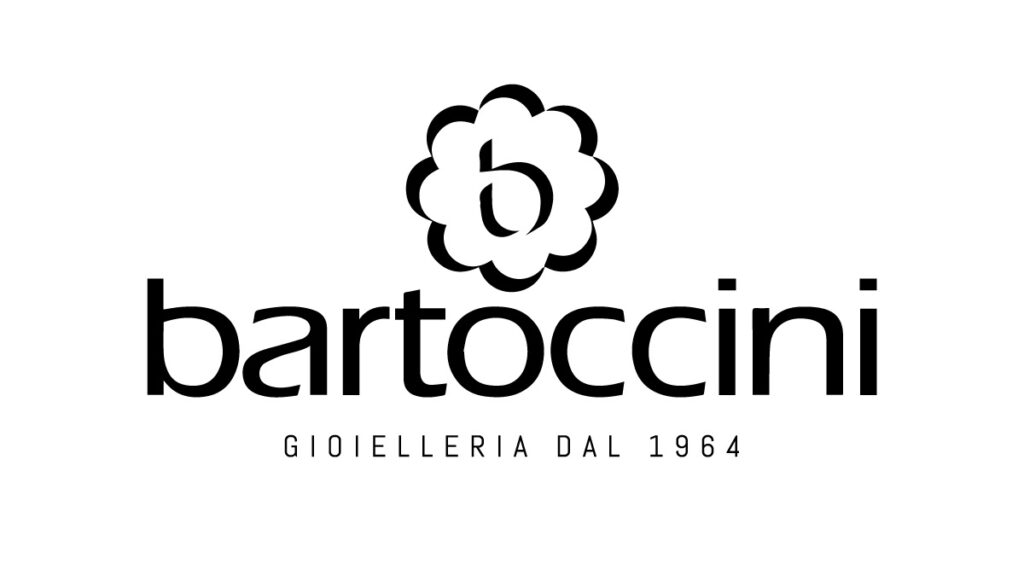Alte Pinakothek – Monaco
Situato nella Kunstareal di Monaco di Baviera, in Germania, l’Alte Pinakothek ospita una delle più antiche e ricche gallerie del mondo. Il nome, che letteralmente si traduce in Pinacoteca antica, si riferisce al periodo storico di delle opere che conserva (a differenza della Neue Pinakothek, dedicata all’arte del XIX secolo, e la Pinakothek der Moderne, per l’arte contemporanea).
Le origini dell’odierna raccolta d’arte risalgono al 1530 circa, quando il duca Guglielmo IV di Baviera al fine di adornare la sua residenza di Monaco commissionò a vari pittori contemporanei una serie di dipinti a tema storico (i soggetti variavano dall’antica Grecia a Roma, alla storia ebraica e protocristiana).
Nel corso dei secoli successivi, la collezione d’arte dei Grandi Elettori, dei Re e dei Duchi bavaresi della famiglia Wittelsbach si arricchì di numerose opere dei più grandi maestri non solo tedeschi, ma di tutta Europa.
Nel 1836 fu ufficialmente inaugurata la Pinakothek, commissionata all’architetto Leo von Klenz da Ludovico I di Baviera (l’ultimo e il più grande dei collezionisti della famiglia Wittelsbach) per custodire la preziosa collezione accresciuta nei secoli.
La struttura classicheggiante del museo divenne inoltre l’archetipo dell’architettura museale di tutta Europa.
Attualmente, l’Alte Pinakothek ospita un’ampia collezione, tra le più importanti al mondo, e copre un arco temporale che spazia dal XIII al XVIII secolo, mostrando l’evoluzione dell’arte dal Medioevo al Rinascimento, fino all’età barocca e alla fine del Rococò.
I più strabilianti pittori di tutte le scuole sono rappresentati da numerosi capolavori, con nomi del calibro di Rogier van der Weyden e Memling, Altdorfer e Cranach, Jan Brueghel il Vecchio e Van Dyck, Raffaello e Tiziano, Rembrandt e Frans Hals, Poussin e Murillo.
I più strabilianti pittori di tutte le scuole sono rappresentati da numerosi capolavori, con nomi del calibro di Rogier van der Weyden e Memling, Altdorfer e Cranach, Jan Brueghel il Vecchio e Van Dyck, Raffaello e Tiziano, Rembrandt e Frans Hals, Poussin e Murillo.
Sono esposti circa 700 dipinti di autori italiani, tedeschi, olandesi, fiamminghi, francesi e spagnoli.











